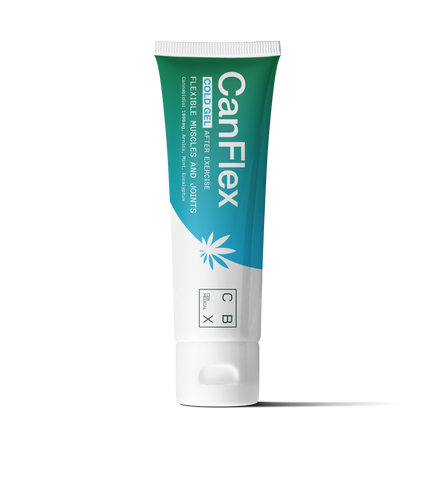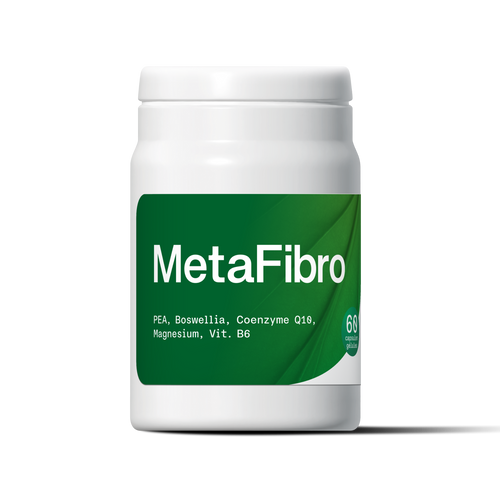Industrial hemp, wild hemp, Indian hemp... Each type of hemp has its own specificities and particular uses. It is therefore important to know how to recognize them, in order to avoid confusing the therapeutic variety with the narcotic variety.
Focus on the different types of hemp.
Hemp: history and discovery
Hemp has been used since the dawn of time for its multiple properties. The Chinese were the first to domesticate this plant. Indeed, during the era of Imperial China, the clothes of emperors were made with hemp.
Then, with conquests and migrations, hemp spread to the four corners of the globe. It is then found in India and the Arabian Peninsula. Hemp and cannabis arrived in South America in 1500, following the Spanish conquest and the slave trade. During the Second World War, soldiers were equipped with hemp materials that were assumed to be strong and resistant.
Discovering the properties of hemp
In 1839, hemp was introduced into modern Western medicine, thanks to the discoveries of William Brooke O'Shaughnessy, an Irish physician. The latter has scientifically proven that hemp has sedative and analgesic properties. Since this news, hemp therapies were very popular until 1920. But in the 20th century, particularly with the hippie movement of the 1960s, there was an increase in the recreational use of hemp. Several countries then began to ban its cultivation.
In 1964, Raphael Mechoulam discovered the main psychotropic element (tetrahydrocannabinol or THC) in hemp. We also conclude that each variety of the plant has a different level of THC: medical hemp is the one that contains the least (less than 0.2%). Faced with this context, hemp is gradually returning to the market. Indeed, some countries are once again authorizing the cultivation and exploitation of cannabis, but only for medical purposes. Today, many patients would aspire to follow alternative medicine through hemp therapy.
Hemp/cannabis: more than just a name
We shouldn't just say hemp or cannabis all the time. In fact, many people confuse these two words and consider them to be a plant for psychotropic use. However, there is a difference between hemp and cannabis, despite the fact that they belong to the same family — Cannabaceae.
The term "hemp" is used today to mainly designate the cannabis plant which is used for industrial purposes: textile manufacturing, construction equipment manufacturing, food supplement, biofuel, etc. Moreover, growers prefer the terms “agricultural hemp” or “industrial hemp”. As for cannabis, it generally refers to the plant that is used for its narcotic effects. It is better known as “marijuana”. The big difference between hemp and cannabis is that hemp contains very little THC compared to cannabis.
Cannabis sativa or cultivated hemp
Cannabis sativa comes from the equatorial regions of Asia, Africa and America. This plant grows in areas with permanent exposure to the sun. These conditions cause cultivated hemp to grow very quickly. The plant can also grow up to 3 meters high in the space of a few months. The largest plants can even reach 6 meters. Cannabis Sativa can be recognized by its thin, light green leaves of approximately 10 centimeters. Cultivated hemp flowers for 60 to 90 days annually.
Cannabis sativa is then available in different sub-varieties which are differentiated by the cannabinoids they contain. On the one hand, there is cultivated hemp which has a high level of THC and which therefore has psychotropic properties. On the other hand, we distinguish Cannabis sativa which has a very low level of THC, but which has a high level of CBD (cannabidiol). This is hemp that is used medicinally, because it brings several benefits to the endocannabinoid system.
Cultivated hemp provides a “high” effect. In other words, it mainly acts on the cerebral system. From a medical point of view, with its high level of CBD, Cannabis sativa would soothe certain pains and would also be effective in combating mood disorders, anxiety, insomnia, nausea, etc. .
Cannabis indica or Indian hemp
Indian hemp or Cannabis indica is native to northern India. Its cradle is located more precisely in the Hindu Kush valley. It is a plant that grows in a rather cool climate.
It is a stocky plant that rarely exceeds 3 meters in height. Its leaves are large and dark green in color. As for its foliage, it is less abundant than that of cultivated hemp. The plant flowers for 45 to 60 days during the year.
Cannabis indica presents a rather high quantity of THC, but with an interesting level of CBD. Indian hemp is what consumers generally use for its psychotropic effects. Moreover, many people claim that this type of hemp is the only one that can be smoked.
Cannabis indica provides a “stoned” effect. It generally acts on the body, not in the head. From a therapeutic point of view, Indian hemp helps reduce migraines and certain inflammations. It would also help treat anorexia and loss of appetite. However, the consumption of Indian hemp in a therapeutic context is only possible under medical prescription, because of its high THC content.

Other cannabis
In addition to sativa and indica, there are various other types of hemp: ruderalis or spontanea and Afghanica.
Cannabis ruderalis or wild hemp
Cannabis ruderalis or Cannabis sativa subsp. spontanea or wild hemp shares traits of sativa and indica. This is a cannabis discovered by Janischewski, a Russian botanist. The native region of this plant is actually located in Southern Siberia. This is a cannabis plant capable of growing in the harshest climates, unlike cultivated hemp and Indian hemp, which grow in mild climates. It therefore deserves the name “ruderalis”, from the Latin “rudus” which means “rubble”. Literally, this hemp refers to a wild herb that grows in rubble.
Ruderalis is the smallest variety of hemp. It is barely 1 meter high and has small leaves. It has autoflowering capacity and therefore does not depend on the seasons to flower, but on the age of the plant.
Wild hemp has a much lower level of THC than CBD. However, it is used very little for medicinal purposes. It is mainly used to cross with sativa or indica to obtain hybrid hemp. The latter then presents an autoflowering property and an even more interesting cannabinoid level.
Cannabis Afghanica or Afghan hemp
Afghan hemp, as its name suggests, originates from the mountains of Afghanistan, more precisely Kafiristan.
This type of hemp is a shrub about 1.50 meters high. It is the only cannabis whose trunk is solid and has veins. It can be confused with indica, with the difference that its leaves are longer and it has less dense nodes.
It has a high level of THC and is practically used to make Hashish, a product for purely recreational use.
The male plant and the female plant: what is the difference?
In addition to the variety of different types of hemp, it is also necessary to distinguish the sex of the plant. Indeed, hemp is a dioecious or unisexual plant. In other words, there are male hemp plants and female hemp plants.
Male hemp is the one that produces pollen. This is enclosed in small balls. These form a sort of small cluster. The male has thick stems and few leaves. It is also hemp that produces seeds. As for female hemp, the plant has two white pistils in pod-shaped calyxes. Its stems are thin and it has many more leaves than the male plant. If the plant is not pollinated, it produces buds, elements rich in THC. It is important to separate males from females to avoid pollination. By doing this, different THC values can be obtained.
Hemp reaches sexual maturity after 6 or 8 weeks from germination and generally flowers when the nights are longer. It is therefore during the so-called dark periods that we can identify the sex of the plant. There is hermaphrodite hemp, the result of a plant stressed due to varying development conditions.
In short, it is important to know how to identify the different types of hemp, especially if you want to use them for therapeutic purposes. Indeed, each disease has its specific treatments. But it goes without saying that hemp which has a high level of CBD remains the most interesting, although THC nevertheless helps to alleviate certain ailments.



